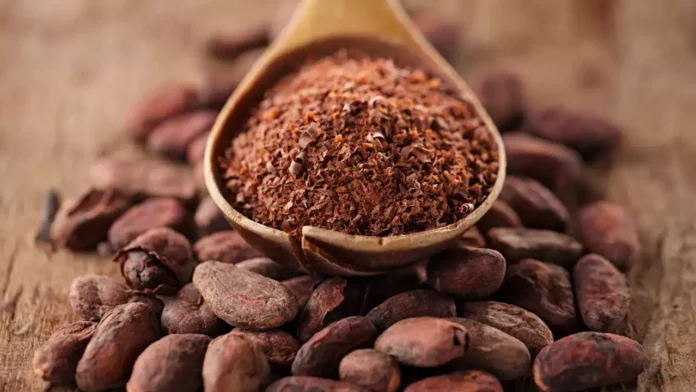A substantial surge in 2023 for raw materials vulnerable to El Niño is expected to impact consumers’ finances in the upcoming months, as indicated by a specialist in the food and agribusiness banking sector.
Soft commodities have experienced substantial gains so far this year.
Futures contracts for orange juice, cocoa, coffee, and sugar have significantly risen, partly due to extreme weather and supply concerns associated with El Niño.
“You can say El Niño has a sweet tooth because it sort of eats or takes away much of the sugar in the world,” stated Carlos Mera, the head of agricultural commodities market research at Rabobank, based in the Netherlands.
“Sugar prices have probably already been passed on [to consumers] but certainly for chocolate we should expect a big increase at retail level — and El Niño is certainly something to watch.”
The El Niño phenomenon, making a comeback earlier this year, is a naturally recurring climate pattern triggered by a 0.5-degree Celsius rise in sea temperatures in the eastern Pacific above the long-term average. This can lead to an increased occurrence of storms and droughts.
The influence of El Niño usually reaches its zenith in December, but its effects typically take time to disseminate globally. This delayed impact is the reason forecasters anticipate that 2024 might mark the initial year when humanity surpasses a critical warming threshold.
Dry conditions linked to El Niño in a significant portion of Southeast Asia, India, Australia, and certain areas of Africa have contributed to a price surge in soft commodities like sugar, coffee, and cocoa this year, according to Rabobank’s annual outlook for 2024.
The Dutch bank anticipates a substantial decrease in global food price inflation, following years of escalating prices.
The bank also cautioned about potential adverse impacts on several crops due to El Niño in the early months of next year. However, it acknowledged the possibility of certain crops benefiting, particularly those in the United States, southern Brazil, and Argentina.
Orange juice futures experienced a remarkable 80% climb in 2023, reaching an all-time high in late November. This surge was prompted by the significant impact of hurricanes and disease on citrus crops in Florida.
“Occasionally, these markets exceed our wildest expectations. Did anyone predict $4.00 orange juice? The profit potential from this trade is staggering,” trader Dave Reiter of Reiter Capital Investments LLC said on Oct. 30 via X, formerly known as Twitter.
Reiter has since warned that the eventual crash in the price of orange juice “will be one for the record books.”
The price of cocoa, a vital ingredient for chocolate, soared by 64% this year, reaching 46-year highs as West African supplies were significantly affected by heavy rains and issues such as fungal disease.
On December 15, the robusta coffee variety reached its highest level in 15 years, while sugar prices have seen a 13% increase in 2023, despite scaling back gains after reaching a 12-year peak in September.
Mera from Rabobank highlighted a “distinct” correlation between El Niño and elevated sugar prices. This is attributed to the weather pattern creating drier-than-normal conditions in key sugar-exporting nations like Thailand, India, and Australia.
Regarding cocoa, Mera suggested that the influence of El Niño is expected to be “considerably less pronounced.” Additionally, he noted that the dynamics of the cocoa market imply that higher chocolate prices are unlikely to promptly diminish demand or stimulate increased production.
“The cocoa industry is characterized by a lot of forward selling in part because of how cocoa is traded [in the Ivory Coast and Ghana],” Mera said, referring to the world’s two largest cocoa producers.
“For example, they tend to sell the crop a year in advance. That means that the chocolate that you buy in the supermarket has probably been bought at a much lower price a year ago,” he added.
“I’m surprised that cocoa is so much higher and that is not felt by the consumers just yet,” Mera said. “It will be — that cost will be passed to consumers at some point in 2024.”





